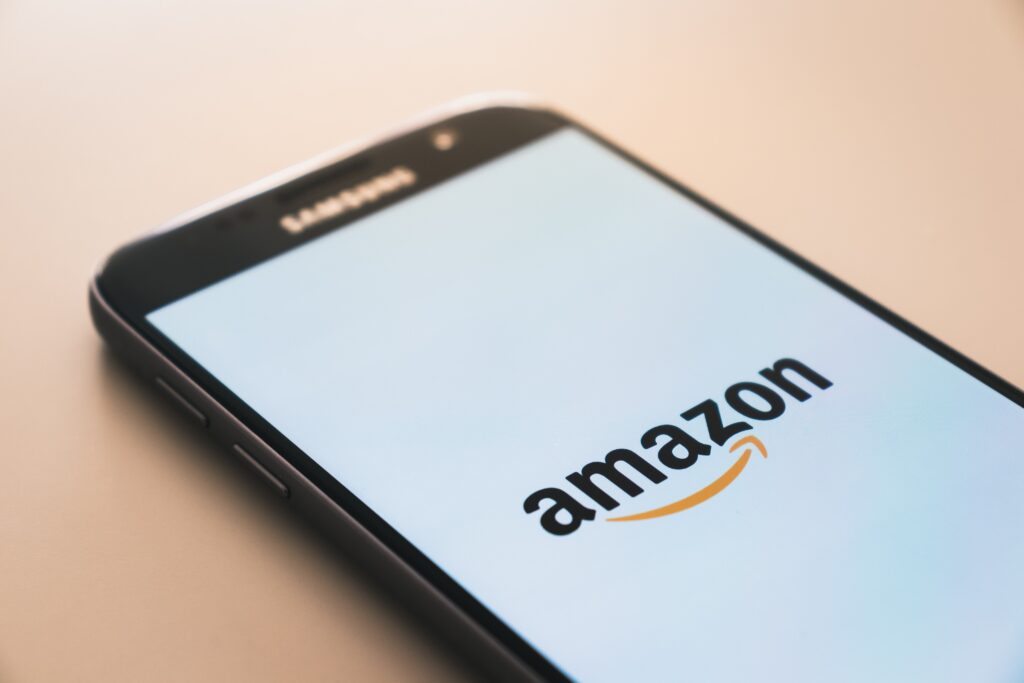A Complete Guide of Amazon Brand Registry

With so many sellers flooding Amazon’s platform on a daily basis, it can be easy for some brands to become nervous about their reputation and products getting entangled with counterfeits, dishonest sellers, and misrepresented customer brand experiences. Amazon understands these fears. That is why Amazon launched Brand Registry which is a program that gives verified […]



